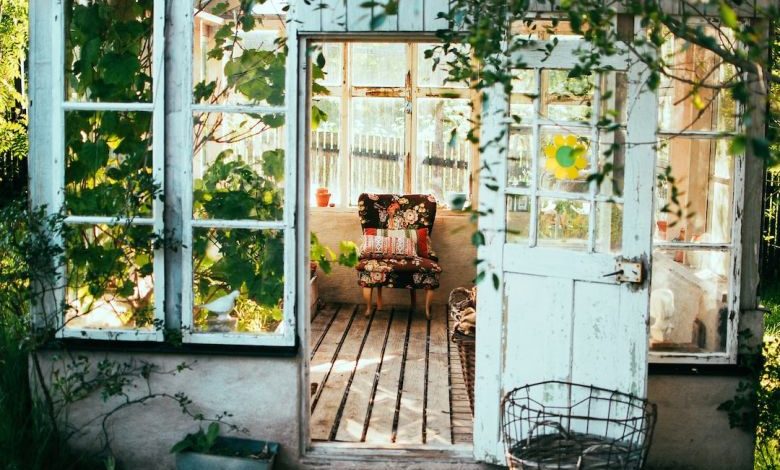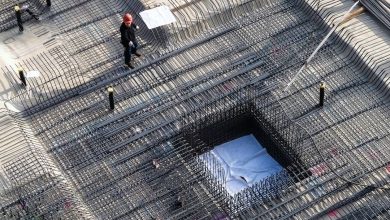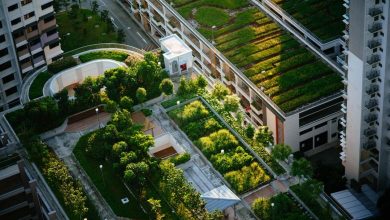How Can I Build a Greenhouse in My Backyard?

Are you a passionate gardener looking to extend your growing season or protect delicate plants from harsh weather conditions? Building a greenhouse in your backyard can be an excellent solution. Not only will it provide a controlled environment for your plants, but it can also be a rewarding and fulfilling project. In this article, we will explore the steps involved in building a greenhouse, from choosing the right location to selecting the materials and ensuring proper ventilation.
Choosing the Right Location
The first step in building a greenhouse is selecting the right location in your backyard. Ideally, the greenhouse should receive ample sunlight throughout the day. Look for a spot that gets at least six hours of direct sunlight, preferably facing south to maximize exposure to sunlight. Additionally, ensure that the location is easily accessible and has a level surface to facilitate construction.
Selecting the Materials
Once you have identified the ideal location, it’s time to choose the materials for your greenhouse. The most common materials used for greenhouse frames are wood, aluminum, and PVC. Each material has its advantages and disadvantages, so consider factors such as cost, durability, and aesthetics when making your decision. Additionally, you will need to choose the glazing material for the walls and roof of your greenhouse. Options include glass, polycarbonate, and polyethylene film, each with its own set of benefits and drawbacks.
Constructing the Frame
With the location and materials chosen, it’s time to start constructing the frame of your greenhouse. Begin by marking the dimensions of your greenhouse on the ground and digging holes for the foundation posts. Place the posts in the holes and ensure they are level before securing them with concrete. Next, assemble the frame according to the manufacturer’s instructions, making sure to follow the specific guidelines for your chosen material. Take extra care to ensure that all connections are sturdy and secure.
Installing the Glazing
Once the frame is complete, it’s time to install the glazing material. If you have chosen glass or polycarbonate panels, carefully attach them to the frame using the appropriate hardware. If you have opted for polyethylene film, stretch it tightly over the frame and secure it with clips or staples. Ensure that the glazing material is properly sealed to prevent any drafts or water leakage.
Ensuring Proper Ventilation
Proper ventilation is essential for maintaining a healthy growing environment inside your greenhouse. Without adequate ventilation, the temperature and humidity levels can become imbalanced, leading to plant stress or disease. To ensure proper ventilation, consider installing vents or louvers in the walls or roof of your greenhouse. These openings can be manually operated or automated, depending on your preference and budget. Additionally, installing fans or exhaust systems can help circulate air and prevent heat buildup on hot summer days.
Providing Adequate Heating and Cooling
To extend your growing season and protect your plants during colder months, it is essential to provide adequate heating inside your greenhouse. Options for heating include electric or gas heaters, radiant floor heating, or even utilizing passive solar heat. Similarly, during hot summer months, it’s crucial to have a cooling system in place to prevent overheating. This can be achieved through natural ventilation, shade cloth, or evaporative cooling systems.
Maintaining and Monitoring
Once your greenhouse is up and running, it’s important to regularly maintain and monitor its condition. Inspect the structure for any signs of damage or wear, and make necessary repairs as soon as possible. Keep an eye on the temperature and humidity levels, ensuring they remain within the optimal range for your plants. Regularly check for pests and diseases and take appropriate action if necessary. Lastly, keep the greenhouse clean and organized, as a clutter-free environment promotes better plant growth and reduces the risk of pests and diseases.
In conclusion, building a greenhouse in your backyard can be a rewarding endeavor for any avid gardener. By carefully choosing the location, materials, and ensuring proper ventilation, heating, and cooling, you can create an optimal environment for your plants to thrive. Remember to regularly maintain and monitor your greenhouse to ensure its longevity and the success of your gardening endeavors. Happy greenhouse gardening!




